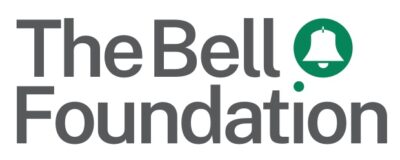Although a rough estimate suggests that one in ten people in prison speak English as a second or additional language (ESL), data on the languages spoken by people in prison, including whether they can speak, read, or write in English, is not routinely collected. In some prisons, there will be more than 10% of the prison population that use English as a second or additional language.
As no data is collected, the level of need in the criminal justice system is unknown and leads to wider systemic issues faced by speakers of ESL in the system. The blog published in December by the Foundation considered some of the language barriers faced, including the patchy nature of language support, a lack of staff training and the provision of largely monolingual services.
This latest blog looks at some of the solutions and how prisons can tackle these barriers and ensure that speakers of ESL receive the support they need.
Across the prison estate, there are pockets of excellent practice in the support given to speakers of ESL. Many of these have come from individuals coming up with a simple idea that can have a huge impact. These include ideas such as a pictorial canteen menu, or a badge that identifies which languages are spoken by staff. Another example is a card that ESL speakers can present to staff which outlines their need for, and right to, formal language support and comes with basic instructions for staff on how to access it.

